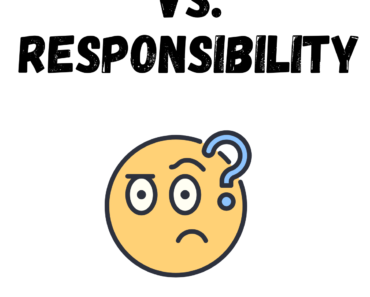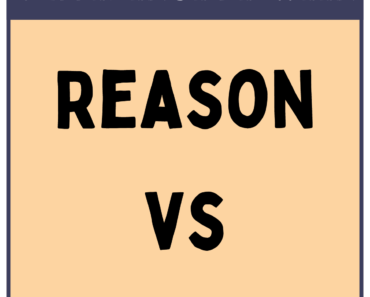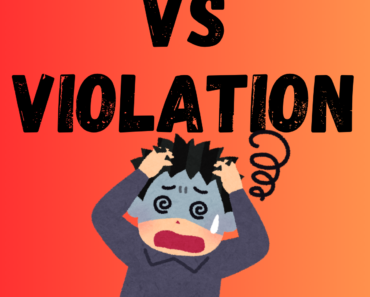“Borrow” and “lend” both relate to temporary exchanges but from opposite perspectives.
- “Borrow” involves receiving an item with the intent to return it, emphasizing the borrower’s viewpoint.
- On the other hand, “lend” involves giving an item temporarily to someone else, focusing on the lender’s perspective.
In practice, if you take someone’s book to read, you “borrow” it from them, and they “lend” it to you. Essentially, the difference boils down to who has the item initially and who will have it temporarily.
Borrow
Definition: To take or receive something temporarily from someone with the intent to return it.
Usage:
- Formal/Informal Lending: When borrowing a library book, you must return it within a specified period.
- Example: “I borrowed three books from the library.”
- Financial Context: Borrowing often pertains to taking money with an agreement to pay back.
- Example: “She borrowed $500 from the bank to start her business.”
- Language Borrowing: Languages “borrow” words from others, integrating them into their vocabulary.
- Example: “The English language has borrowed many words from French.”
Lend
Definition: To give something temporarily to someone with the expectation of getting it back.
Usage:
- Personal Lending: Lend personal items, like books, to friends or family.
- Example: “Could you lend me your camera for the trip?”
- Financial Context: Banks lend money to qualified individuals or businesses.
- Example: “The bank agreed to lend them $10,000 for home renovations.”
- Assistance or Support: Lend can also imply offering support or help.
- Example: “He lent his expertise to the community project.”






